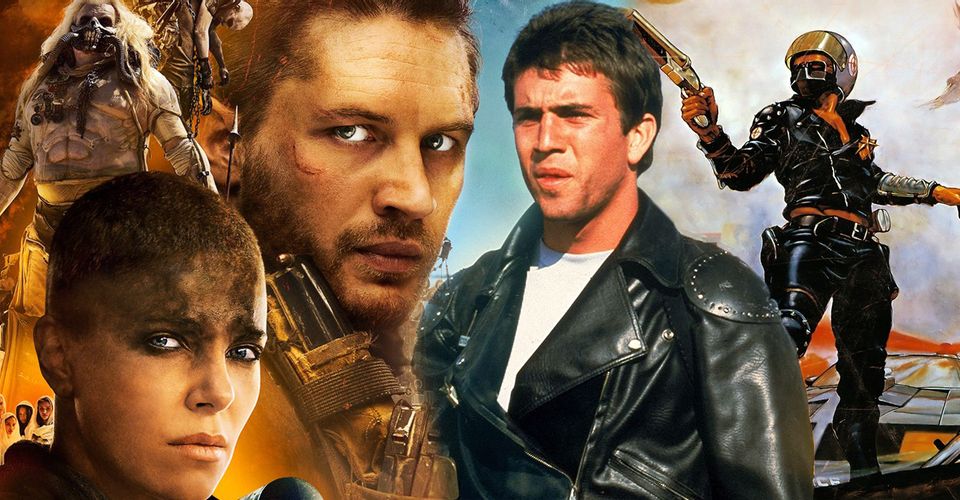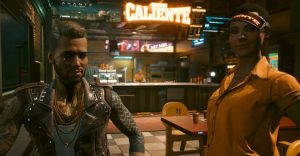Mad Max: Why The Original Movie Is So Different To Fury Road

George Miller’s dystopian masterpiece Mad Max: Fury Road owes its existence to the first film in the franchise, the original 1979 Mad Max, but Fury Road looks drastically different to the rest of the franchise. With a diminutive budget and no previous feature-length filmography to speak of, George Miller took an audacious risk to create an action-packed film set in the catastrophic near future. His bold move paid off and the result not only turned the first Mad Max into one of the most profitable movies in history but also transformed the franchise into an influential landmark in the world of cinema.
The original Mad Max tells the story of seasoned patrol officer Max Rockatansky (Mel Gibson) and his thirst for revenge after the gang leader Toecutter (Hugh Keays-Byrne) brutally attacks his best friend, his wife, and his son. In an apocalyptic Australia where only the strongest lunatics get to keep the gasoline and the supremacy over the land, it’s up to Max to take the law into his own hands. 36 years and two sequels later, Mad Max: Fury Road revisited the Australian dystopia from a different perspective. This time, Max (Tom Hardy) teams up with Imperator Furiosa (Charlize Theron) to take down the tyrant Immortan Joe (also played by Hugh Keays-Byrne), who has total control over the water supply of the full-blown Wasteland, where storm-riding chrome-spray addicts and flame-throwing guitar players are a daily occurrence.
Whereas the 2015 blockbuster employed an impressive variety of practical effects to achieve the highest degree of realism (and win multiple Oscars as a result), the original film had no other alternative. For the 1979 indie venture, George Miller and his crew took every possible measure to ensure the measly $350,000 budget wouldn’t fall short at the wrong time. This included filming without permits, hiring real-life outlaw bikers, and casting the completely unknown Mel Gibson as the lead actor. While Miller’s intention was always to locate the story in a society on the verge of collapse, these kinds of limitations infused the plot with conveniently compatible details. For instance, there weren’t enough resources to construct the fully-fledged wasteland that Fury Road is so admired for, so things like the mildly torn-down buildings and the pristine state of the roads had to be incorporated into the story.

On top of the financial constraints, the entirety of the first film was shot in Australia, far away from Hollywood’s fountain of commercial cinema. At the time, such a geographical gap was a question of life or death to a movie since the success of foreign productions was fairly unproven to American audiences, whose reception mattered the most for the bottom line. Mad Max was even dubbed with American voices to prevent further cultural dissociation. Luckily, George Miller’s resourcefulness compensated for his lack of experience, and what could have made the original Mad Max an outdated version of Fury Road actually played in favor of the franchise’s world-building. Therefore, Max’s muscle car fits in Mad Max as well as Furiosa’s War Rig does in Fury Road.
All of this is perfectly reflected in both of Hugh Keays-Byrne’s iconic villains. Even without Immortan Joe’s imposing horse-teethed mask, Toecutter is an intimidated villain on his own. His deranged personality accurately represents the crumbling world of Mad Max, while the nightmarish Immortan Joe belongs on top of Fury Road‘s enormous skull-themed Citadel, teasing hordes of starving vagrants with massive spurts of water. The differences between the two are due to budget, the era in which the films were made, and George Miller’s experience as a visionary filmmaker. However, they’re the ideal antagonists for their respective movies.
Mad Max and Mad Max: Fury Road are two sides of the same coin. One has kept a devoted cult following for four decades while the other has gained a worldwide level of fame. What’s more, they’re not even narratively tied together, save for George Miller’s action-fueled storyworld and his enduring dystopian ideas. But both films stand in harmony, each one with its own appeal and the thrills that have made the Mad Max title an apocalypse essential.
About The Author

















